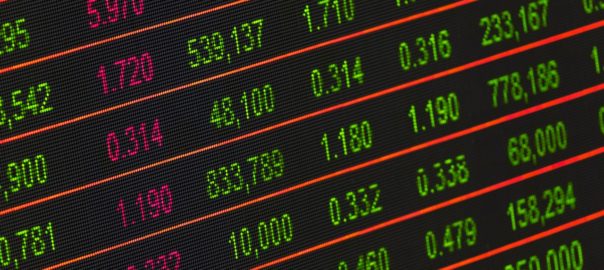In comparing returns from PSEi index funds in the Philippines, the right benchmark to use is the PSEi Total Return Index (PSEi TRI). This is particularly true considering none of the PSEi index funds distribute cash dividends. The PSEi TRI accounts for cumulative price returns and cumulative return sof dividends reinvested back into the index, while the PSEi only accounts for price returns. The PSEi TRI was only introduced in 2019, but its history was back-calculated to 2007. Since it’s pretty new, I haven’t found any freely available resource for the PSEi TRI history. I recently came across this article, And the best equity fund is …, from the Philippine Daily Inquirer. This article was written by someone who is selling financial planning products, so not surprisingly, the article did not actually identify any particular index fund. Fortunately, it did provide some numbers for the PSEi TRI.
Continue reading PSEi index funds vs the PSEi Total Return IndexTag Archives: psei

The PSE may be taking a small cut from your PSEi index fund.
In the Philippines, investment fund fees disclosed in a fund’s fact sheet or prospectus typically include trust/management, custodianship, and auditor fees. The fees are a percentage of a fund’s assets under management (AUM). Funds normally have other expenses that are not covered by these fees. Unfortunately, I have not seen any fund honestly disclose its total expense ratio (TER) or ongoing charges figure (OCF) which represent the fund’s total actual cost to the investor. For example, the total expense ratio of the country’s only ETF appear to reach at least 0.8% compared to the fund’s stated fee of 0.50% as discussed in the post: The true costs of FMETF.
Since the funds don’t disclose their TER, it’s always interesting for me to learn about what other expenses these funds may have that are not explicitly stated in the prospectus. I just read from a year-old news article that this year, the PSE has started charging a 0.03% index licensing fee to funds that explicitly mirror the PSE Composite Index (PSEi). As with other fees, this index licensing fee is based on a fund’s AUM. It is said to affect about 15 funds. That number more or less matches the funds listed in uitf.com.ph and pifa.com.ph that track the PSEi.
Continue reading The PSE may be taking a small cut from your PSEi index fund.ETFs in Philippines versus Thailand and Vietnam
FMETF is currently the only exchange-traded fund (ETF) available in the Philippine Stock Exchange. FMETF was launched in 2013 and aims to track the performance of the PSE Composite Index (PSEI), which tracks 30 companies in the Philippine Stock Exchange.
As of November 4, 2019, FMETF’s total assets is PHP 1,680,365,665.87 or about $33.3 million. In comparison, the total PSEi market capitalization is PHP 10,073,517,502,927.30 or about $199.4 billion. So, FMETF’s market cap is 0.0167% of that of the PSEi, six years after it was first introduced. And again in that span of time, no other ETF was introduced in the market.
I was curious how ETFs in a neighboring countries fare. The Stock Exchange of Thailand (SET) has a quite a few ETFs available. The TDEX ETF introduced in 2007 tracks the SET50 index, and the ETF has total assets of $3.1 billion compared to SET50 capitalization of $388 billion. TDEX’s market cap is about 0.8% of that of the SET50 index. Keep in mind that there several ETFs in the Thailand market, some covering the larger SET100 and quite a few covering specific sectors. Needless to say, the Thai stock market is larger than the Philippine market.
Continue reading ETFs in Philippines versus Thailand and Vietnam